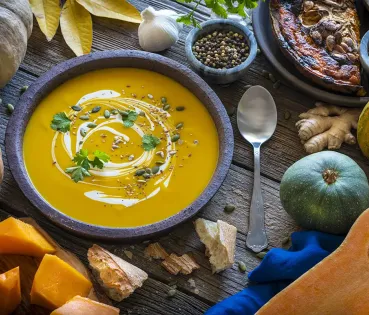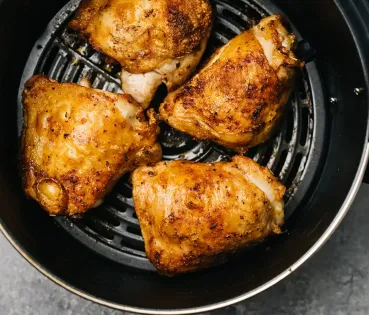
Homemade King’s Cake: a tastier and healthier alternative
Next time, don't order your Three King’s Cake. With this homemade Spanish recipe you'll surprise everyone!
The traditional roscón is so much more than just a Christmas confection. It has become an undeniable part of Spanish culture. The tradition is well known: whoever finds the King gets to wear a crown and whoever finds the fève... will have to pay for the next year's roscón. But what if we were to change the rules of the game this Christmas?
Our suggestion is a homemade roscón recipe in order to enjoy a new experience and save you from standing in endless queues at your favourite bakery. Although we are going to bake the traditional recipe, making a homemade roscón is a perfect option for vegans or people with intolerances, diabetes or allergies, as they can switch or remove ingredients as they wish. And we’ll pretend we didn’t say this, but as you are the one who hides the fève and the King in the cake, if you play your cards right, this year you can guarantee the crown will be for you.
Ingredients:
For the dough
- 400 g strong flour
- 20 g fresh baker's yeast
- 2 tablespoons orange blossom water
- 150 g sugar
- 2 eggs
- 200 ml milk (room temperature)
- 80 g butter
- 1 tablespoon rum (optional)
- Orange and lemon zest
- Vanilla (optional)
- Cinnamon (one stick)
- Salt
For the decoration
- 1 egg
- Candied fruit
- Sugar
- Sliced almonds




